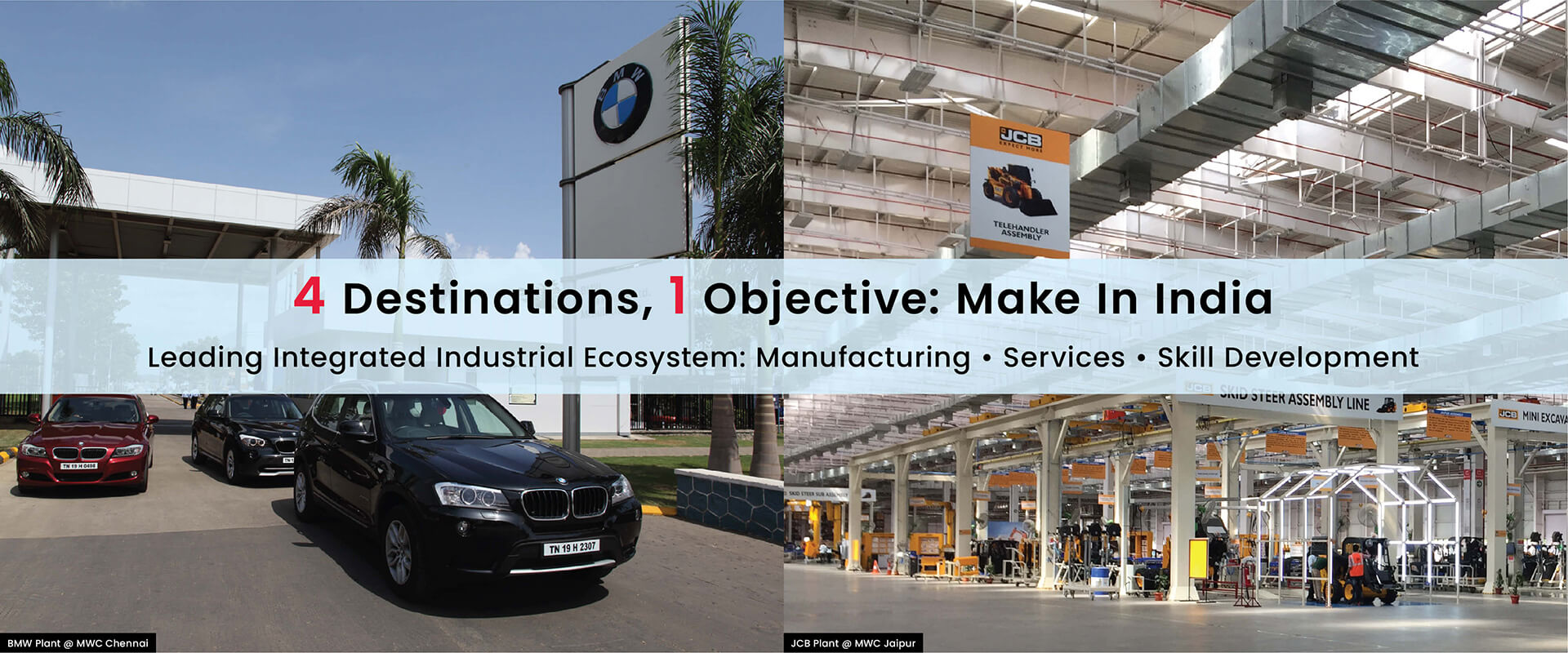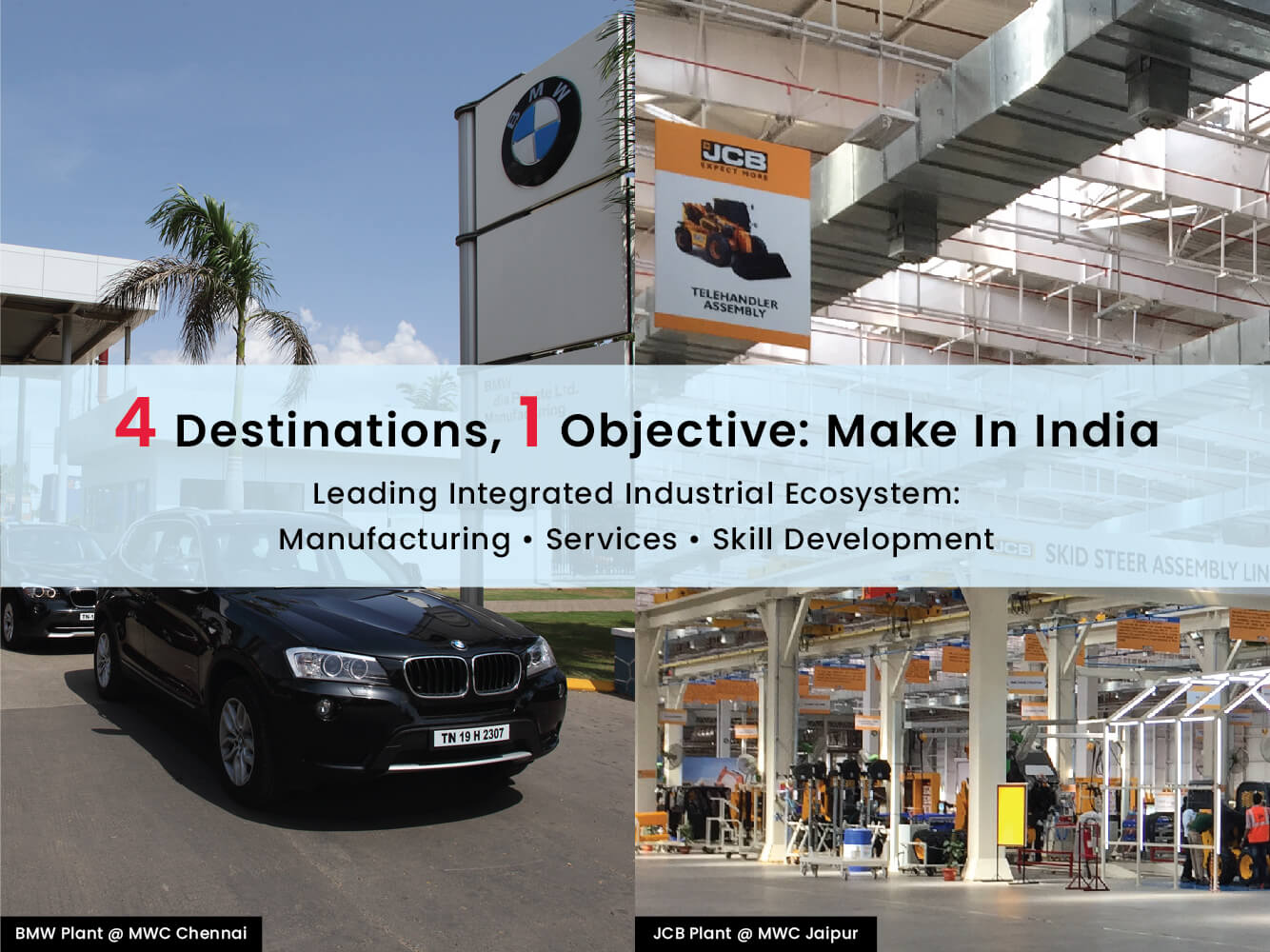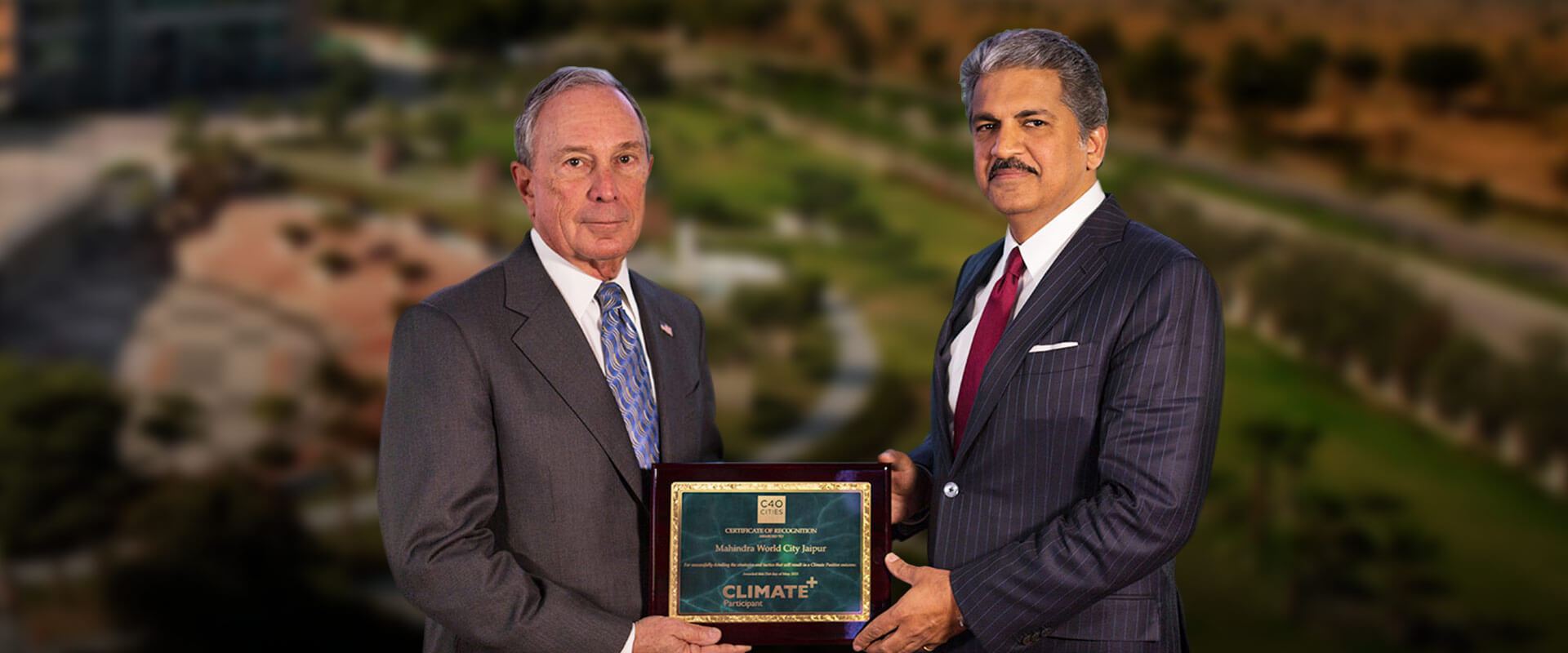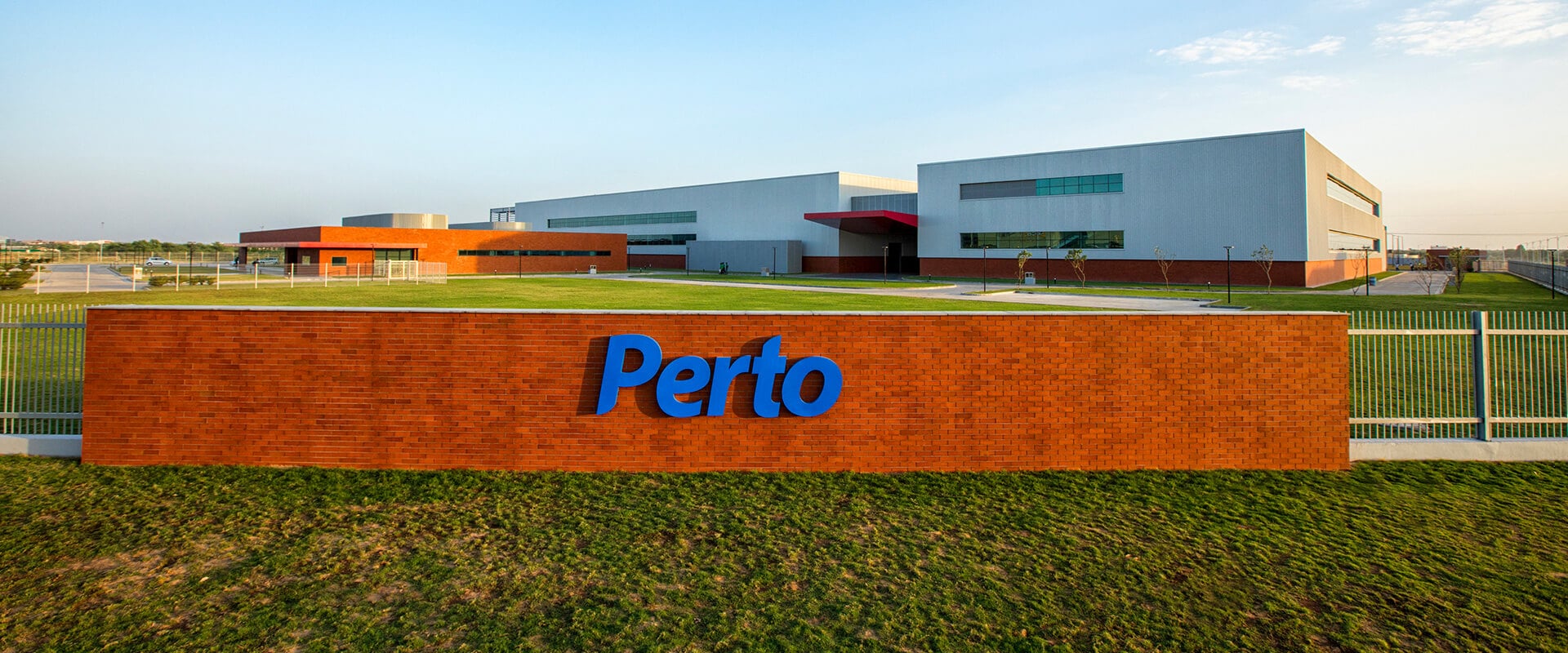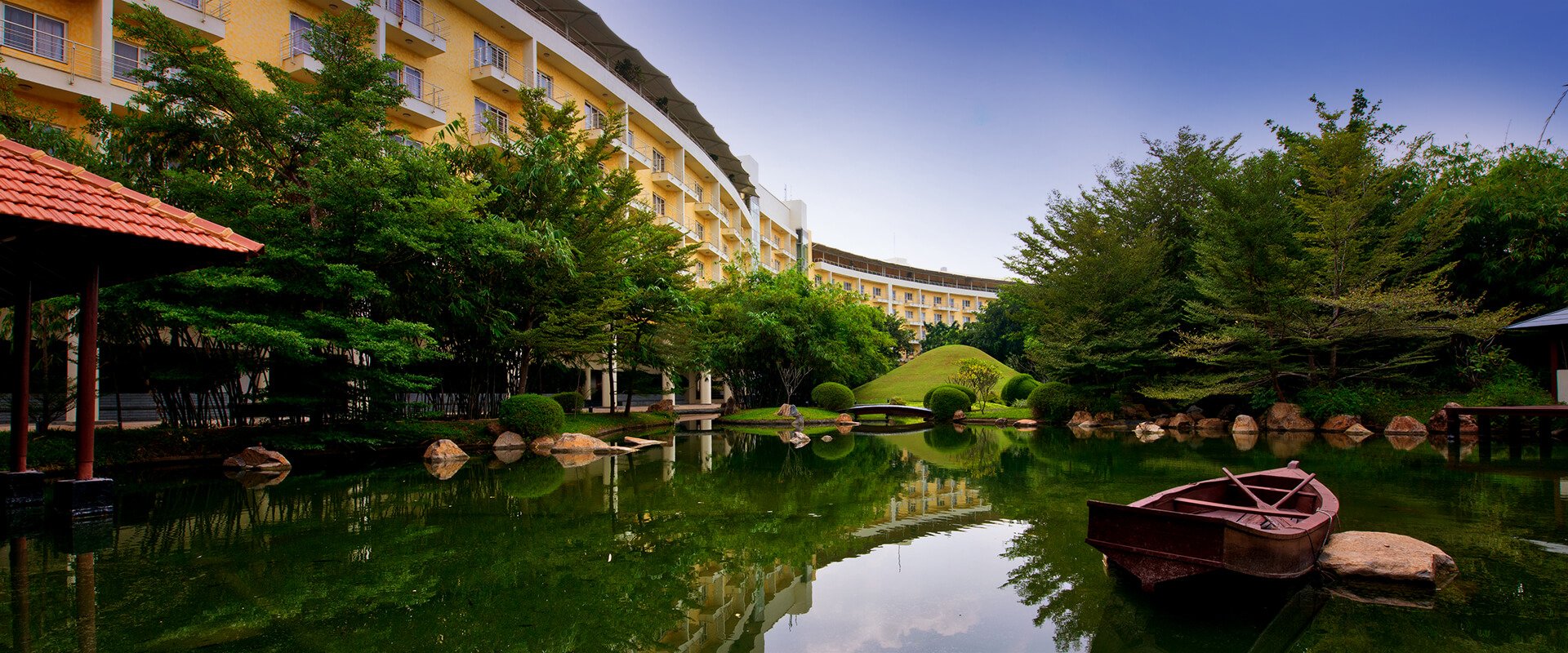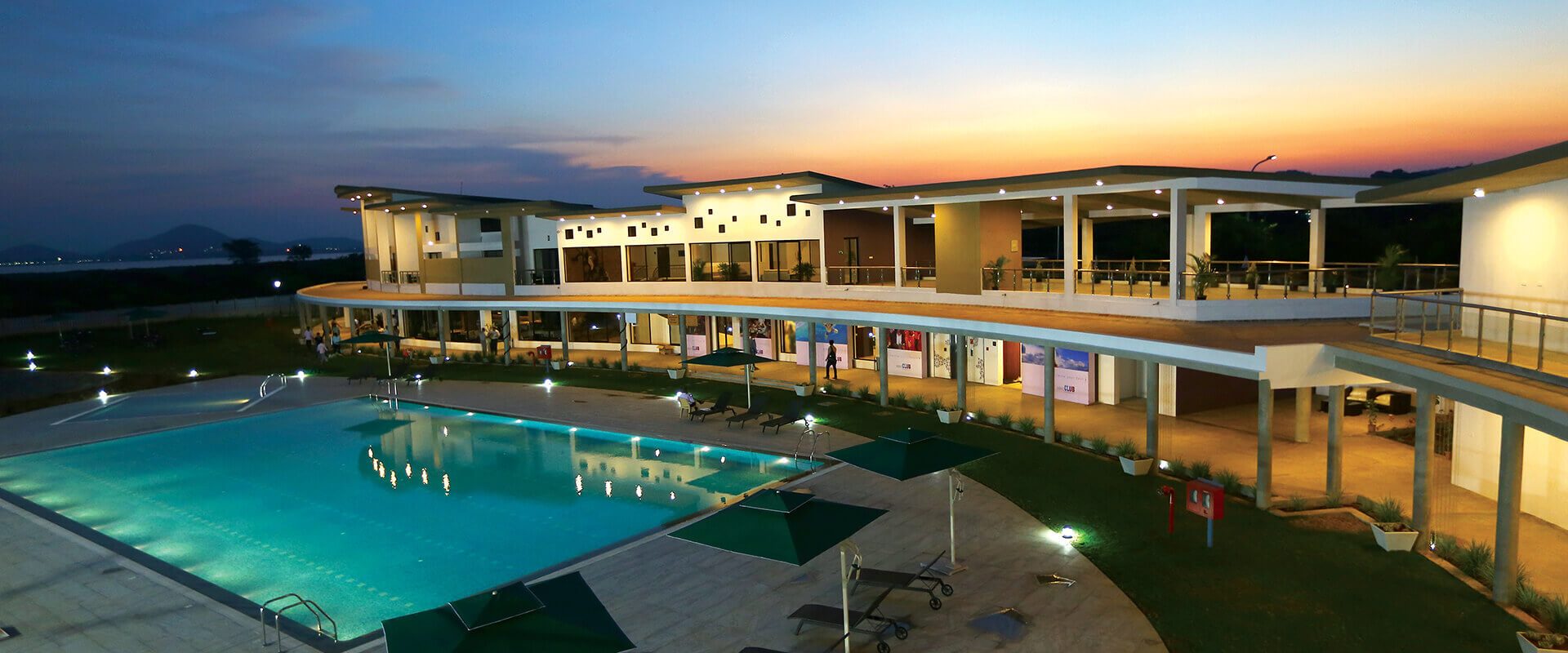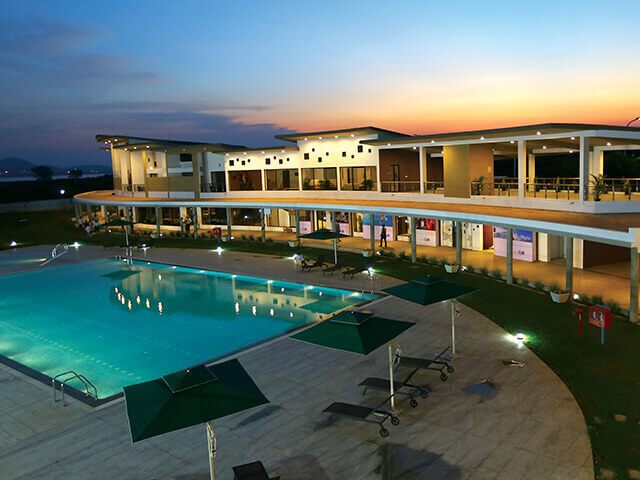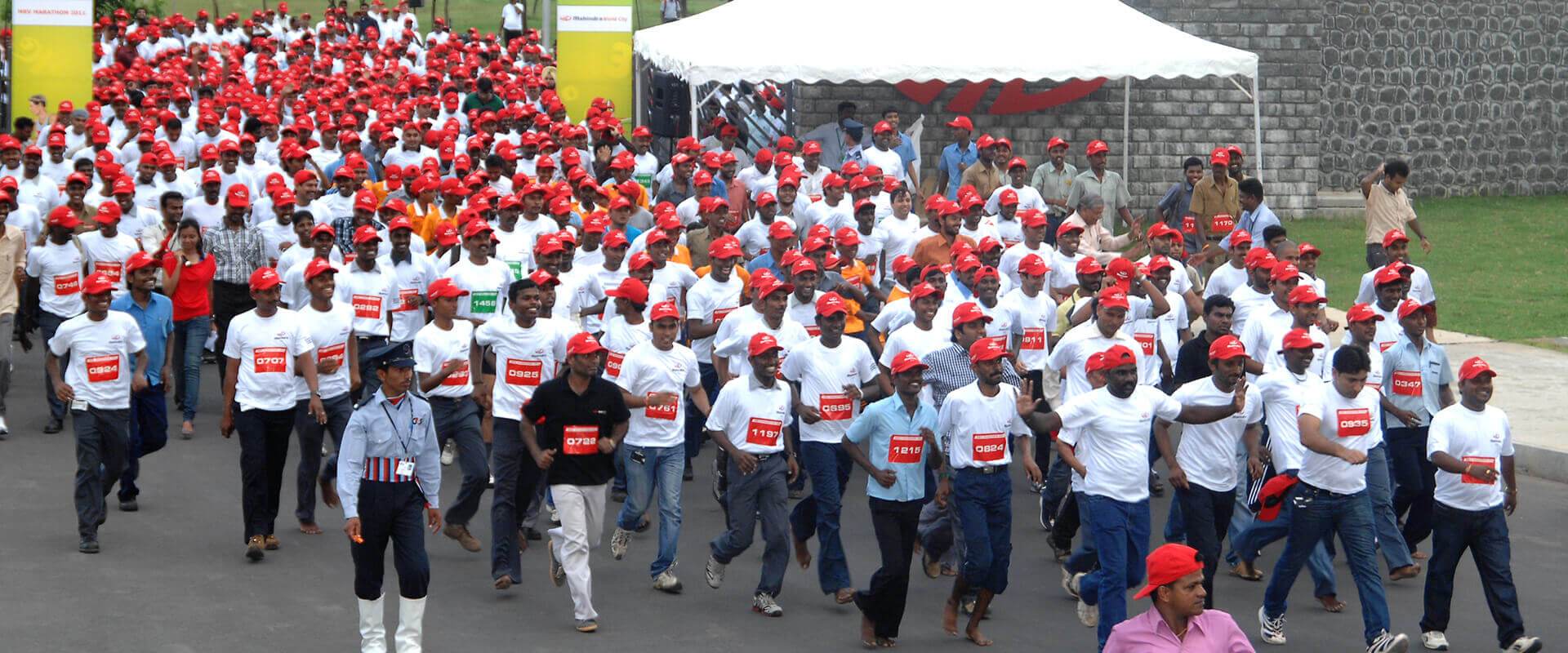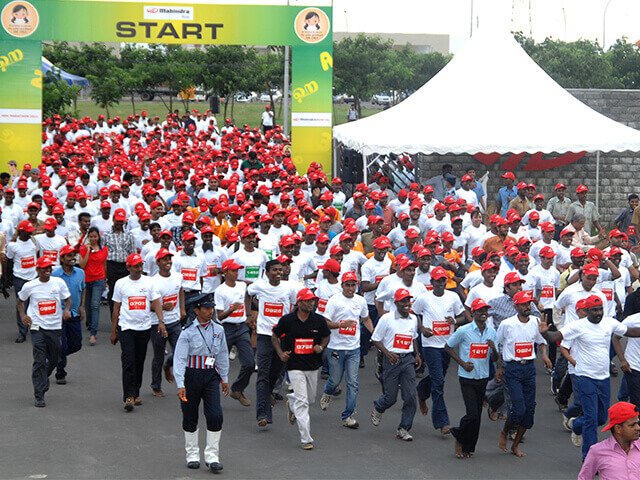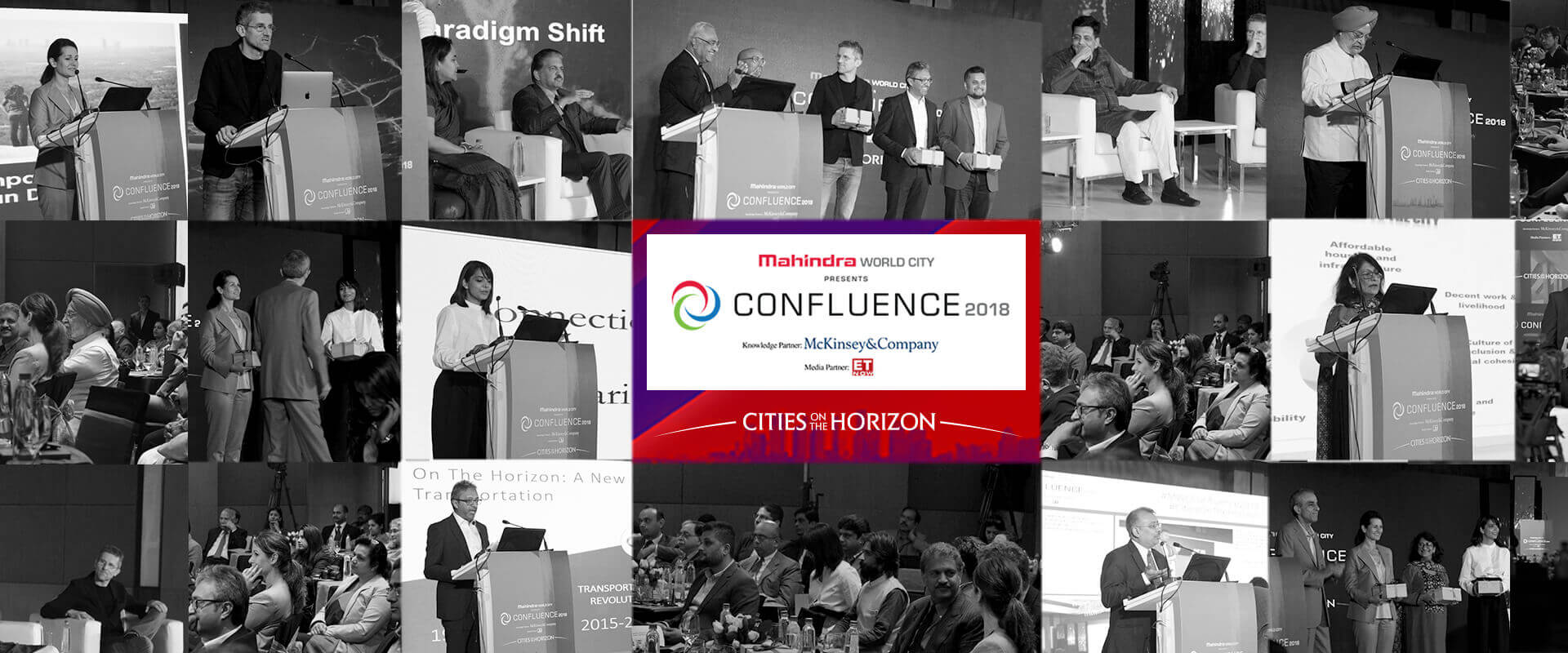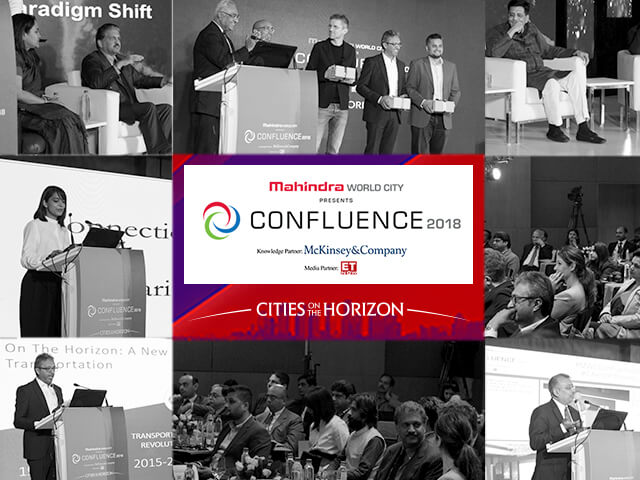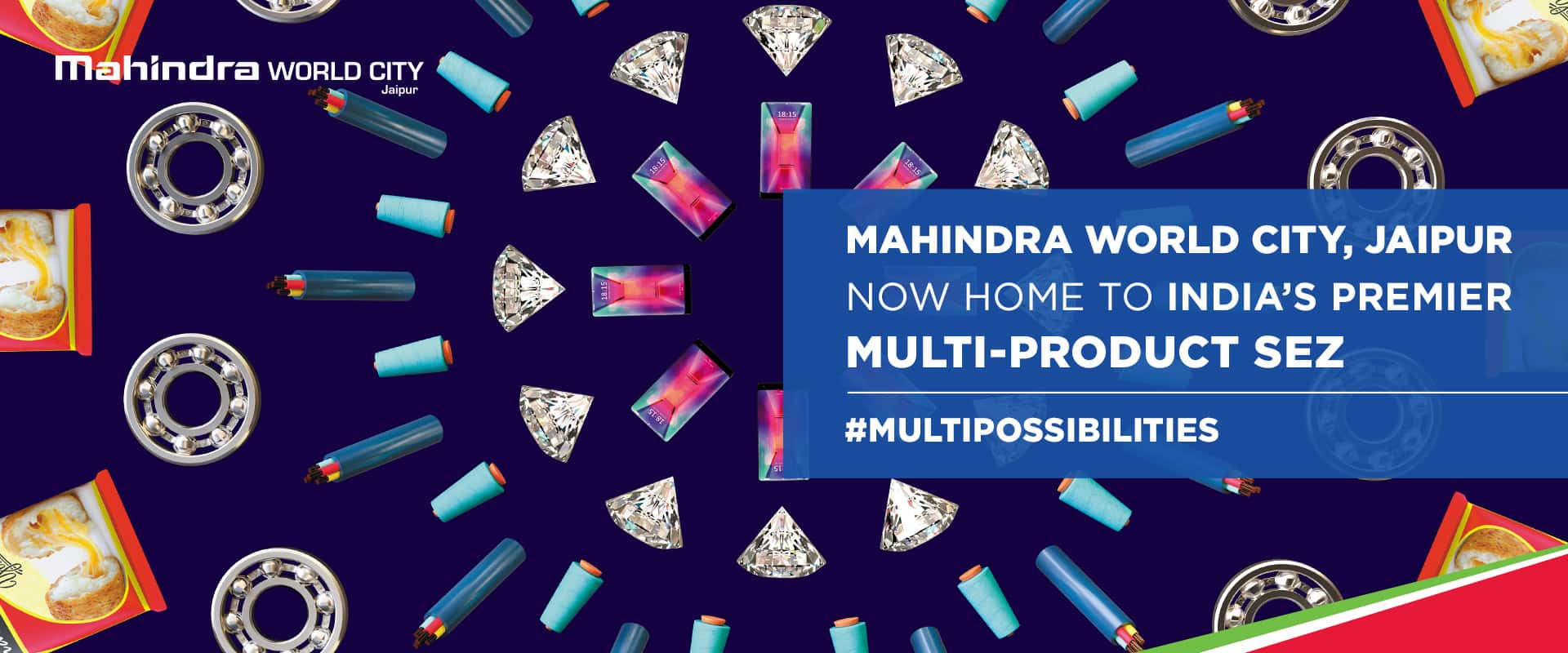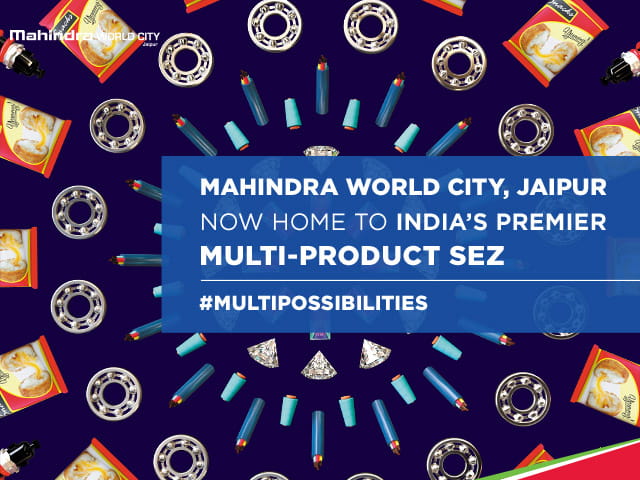#GreenHousing: Jaimin Desai, Head-Design and Sustainability, Mahindra Lifespaces

The earth does not belong to us. We belong to the Earth. Holding this thought close to our hearts, 99acres celebrates the World Earth Day and attempts to laud and highlight the challenges of the real estate players who are making an effort to make the world more liveable. The endeavour to construct green buildings will surely go a long way in maintaining the ecological balance.
Why did you enter the green housing market?
Modern India is urbanising faster than ever before and much of the country’s future economic growth is predicated on rising urbanisation. We believe that urbanisation, when wielded right, has the power to drive prosperity, social parity, a better quality of life and environmental sustainability. However, urbanisation must embrace social, economic and environmental growth in equal measure; in doing so, not only can we address present-day urban issues, but will also be able to secure a prosperous and harmonious future for generations to come.
Cities contribute to climate change, but greener, cleaner and smarter cities can be the solution, too. We have before us the opportunity to sustainably harness resources to ensure responsible and inclusive urbanisation. Green buildings are an integral part of this process. For a country that is urbanising as rapidly as India, with a significant part of its cityscapes yet to be built, green buildings offer many opportunities to achieve widespread energy savings, while reducing costs and emissions
At Mahindra Lifespaces, we are driven by our mission of transforming urban landscapes by creating sustainable communities. As pioneers of sustainable urban development in India, we have adopted green construction practices across our projects since 2006. All our developments incorporate green architecture, environment-friendly building materials and a sustainable supply chain. All our buildings are Green Building Certified Gold/Platinum. As part of our integrated cities (Mahindra World City) business, we have developed India’s first green certified township and SEZ. We are constantly evaluating and implementing ways to reduce our environmental footprint (and that of our supply chain) via technology intervention and sharing of best practices within the ecosystem.
Do green projects require additional approvals? What are the challenges in procuring these approvals?
The green certification process is currently voluntary. Adherence to certification standards/requirements, in fact, helps accelerate environmental approvals for buildings by virtue of a commonality of requirements on both.
Of late, there has been growth in the adoption and promotion of green buildings by various stakeholders. This growth has been made possible due to the efforts of various agencies in the government and the private sector on a voluntary basis. However, while the government has taken important first steps to promote green housing in India (National Mission on Sustainable Habitat, Energy Conservation Building Code, FAR incentives, etc.), there is still significant scope for wider proliferation of sustainable housing supported by research that enables cost efficiencies and makes available easy-to-use, data-driven tools and knowhow to the industry at large.
How easy is it to get funding for green projects?
The Indian green buildings sector currently faces multiple challenges, beginning with the perception that the cost of going green is inordinately high. Limited availability of local materials, a lack of awareness of the benefits of green homes and apprehensions about the certifications process also hinder the widespread adoption of green development.
The Mahindra TERI CoE For Sustainable Habitats, established last year, proposes to address these concerns by using facts and data validated by research to:
- Make available adequate performance data on both traditional and innovative materials/ technologies, customised for the Indian buildings sector and climate zones.
- Reduce the cost of going green
- Promote capacity building and create awareness, especially amongst the developer community, with a view to drive decision-making, keeping in mind entire building lifecycles.
Are these houses more expensive than normal properties? If yes, does it make it more difficult to sell them because of the greater cost of ownership?
Green buildings are built in harmony with nature. They consume less water, optimise energy efficiency, conserve natural resources and generate less waste, while providing healthier living spaces for occupants (as compared to conventional buildings). A truly ‘green’ approach in this context seeks to ensure that the entire lifecycle of a building - from planning and design, to construction, occupancy and end-of-life phase - is sustainable. For residents, this translates into immediate, tangible benefits in the form of savings in water and electricity utilities, while intangible benefits include enhanced ventilation, adequate daylight, superior air quality and an overall sense of harmony and well-being. To illustrate, a recently conducted ‘Lifecycle Assessment’ or ‘Living Building Assessment’ at Mahindra Lifespaces’ project ‘Splendour’ at Bhandup demonstrated conclusively that green buildings offer a superior water and energy efficiency proposition, accompanied by significant reduction in utility bills. The findings continue to resonate with both our existing and prospective customers.
The commonly held view has been that there is a significant difference in capital costs in the development of green buildings. However, with advancements in technology, the rise in options of green building materials and experiments in design and construction, the difference in costs is today mostly marginal. In the long run, green buildings (and individual units) offer the added advantage of reduced maintenance costs - for eg. the recycling and reuse of water reduces the cost of procurement of water for operations. We are also witnessing rising consumer awareness of the many benefits of green homes, though there is scope for improved cognizance of the many advantages such homes offer.
Please discuss the advantages of a green building a normal one.
In addition to the above, at Mahindra Lifespaces, in line with our focus on building sustainable communities, all our projects are designed and developed towards:
- Reducing water consumption
- Optimising energy efficiency
- Conserving natural resources
- Minimising waste
- Providing healthier living spaces and therefore, balanced and healthy living
Sustainability for us straddles the entire lifecycle of buildings/developments (from design to construction, and use to end-of-life) and includes:
- The usage of materials such as fly ash bricks (instead of conventional clay bricks), AAC/CLC blocks, high volume fly ash concrete (MLDL patented)
- Sewage treatment plants, rain water harvesting systems
- Solid waste management systems, organic waste converters
- Renewable energy - solar PV (green source of electricity, on-grid/off-grid)
- Solar water heating, solar street lights
- Energy efficient lighting - LED, CFL
- Energy efficient equipment such as lifts, pumps, motors
- Low VOC (Volatile Organic Compound) paints, adhesives and insulations to maintain healthy indoor air quality
- Specially designed terrace roof sections with high albedo material or reflective paint to reduce heat absorption and resulting energy demands for air-conditioning
- Low-flow, water-efficient fixtures





 Chennai
Chennai  Chennai
Chennai






